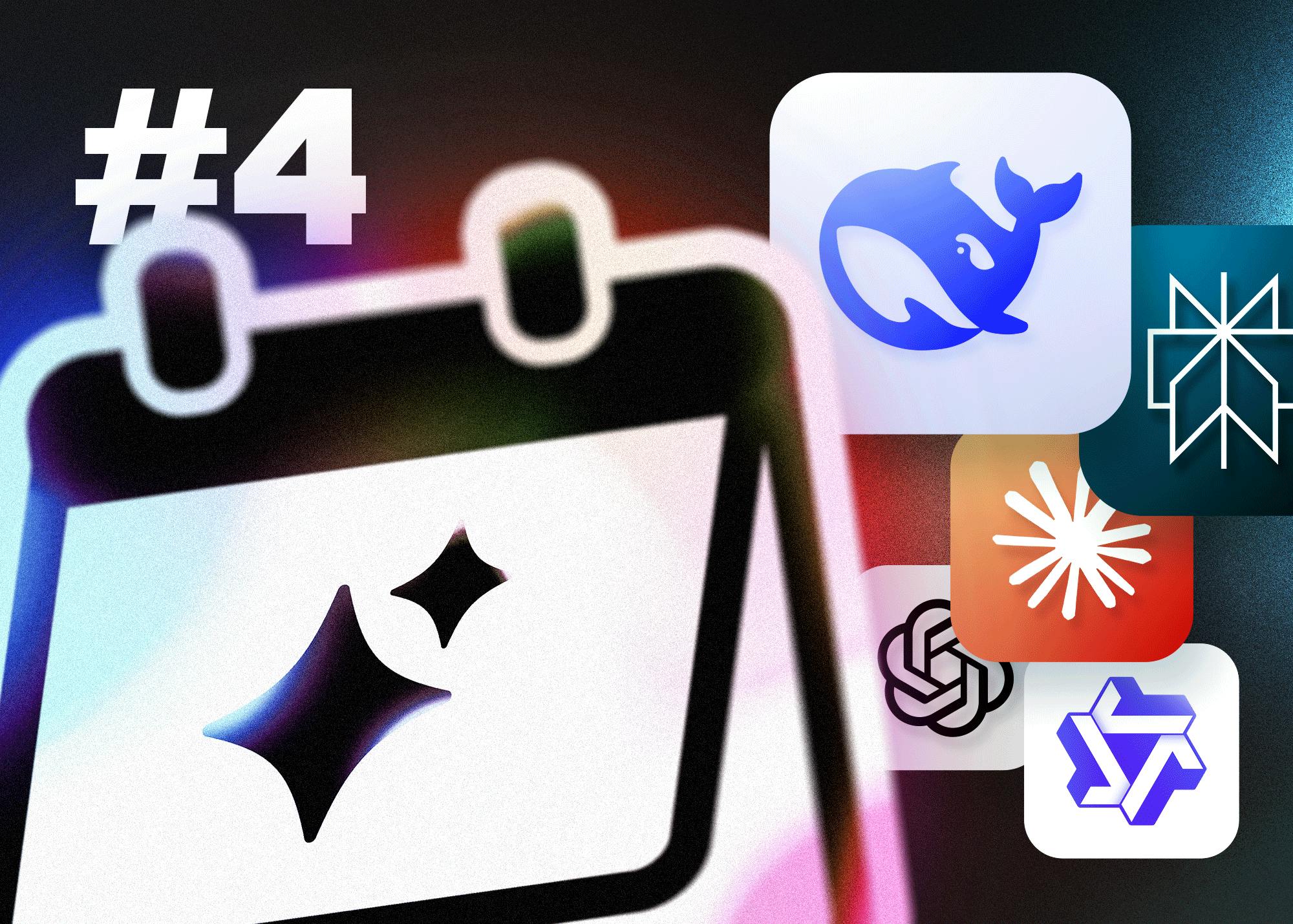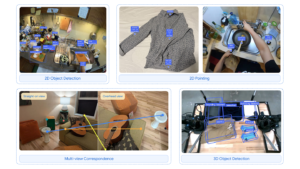Comparing AI Agents and Tools: DeepSeek, ChatGPT, Perplexity, Qwen, Claude, and DeepMind

Hello AI Enthusiasts!
Welcome to the fourth edition of “This Week in AI Engineering”! With the recent surge in AI advancements, companies are continuously refining their models and introducing AI agents at a rapid pace. In this update, we’ll explore the latest developments in AI models, tools, and applications that aim to simplify the creation of AI agents and applications.
Qwen Series: Open-Source Models Reaching New Multilingual Heights
The Qwen series has broadened its range of open-source language models, showcasing four new models with parameter sizes from 1.8 billion to 72 billion. This expansion marks a significant leap in multilingual AI performance.
Technical Architecture Overview:
- Model Variants: The series includes Qwen-Chat, Code-Qwen, Math-Qwen-Chat, Qwen-VL, and Qwen-Audio-Chat, each optimized for specific tasks.
- Improved Context Processing: Features a 32K token context window enabled by continual pretraining and RoPE optimization.
- Training Scope: Trained on 2-3 trillion tokens with multilingual enhancements.
Performance Insights:
- Memory Efficiency: Models range from 5.8GB for the 1.8B variant to 61.4GB for the 72B variant.
- Contextual Handling: Proven accuracy in lengthy contexts through evaluations tagged “Needle in a Haystack.”
- Training Optimizations: Advanced techniques for supervised fine-tuning (SFT) and reinforcement learning from human feedback (RLHF).
Comparative Analysis: DeepSeek, GPT-4, and Qwen
Recent benchmarks illustrate a competitive landscape among Qwen 2.5-Max, DeepSeek-V3, and GPT-4. Qwen 2.5-Max employs a specialized Mixture of Experts (MoE) architecture, enhancing its computational efficiency while performing exceptionally well across various benchmarks.
Program Structure Highlights:
- Qwen 2.5-Max: Features a 72B parameter MoE model, training on 20 trillion tokens, and supports a 128K context window.
- DeepSeek-V3: Equipped with 671 billion total parameters, 37 billion of which are active per token.
- GPT-4: Focuses on a dense architecture optimized for multi-modal tasks with 192 token context limits.
OpenAI’s New Browser Automation: The Operator
OpenAI has unveiled Operator, a novel browser automation agent enhanced by GPT-4o’s vision capabilities. This new tool redefines automated online interactions.
Model Features:
- Computer-Using Agent (CUA): Merges GPT-4o’s vision with advanced reasoning processes.
- Screenshot-Based Processing: Facilitates precise identification of graphical user interface (GUI) elements.
Key Capabilities:
- Web Interaction: Allows for direct interaction with web elements using simulated inputs.
- Task Management: Manages multiple workflows simultaneously with independent conversation threads.
Google DeepMind’s Mind Evolution: A New Approach to LLM Inference
Google DeepMind has recently released Mind Evolution with significant enhancements in the Gemini 1.5 Flash’s performance, raising its success rate on benchmarks like TravelPlanner from 5.6% to 95.2%.
Technical Implementation:
- Solution Generation: Features a dialogue system that assesses chatbot-generated solutions.
- Compute Needs: Involves multiple API calls and extensive token usage for optimal functionality.
Perplexity AI: Advanced Mobile Task Automation
Perplexity AI has introduced a mobile assistant that combines visual and voice processing for enhanced task automation.
Key Features:
- High Accuracy: Achieves 90% accuracy in interpreting screen content.
- Cross-App Functionality: Seamlessly integrates across various applications for scheduling and booking.
Perplexity Sonar Pro: A Real-Time Search API
The Sonar Pro API is an innovative search platform that features real-time search and automated citation generation.
System Architecture:
- Query Processing: Capable of 85ms average query latency with asynchronous infrastructure.
- High Throughput: Can handle a significant volume of queries per minute with continuous scaling capabilities.
Citations: Claude’s Enhanced Source Verification
Anthropic has launched a new feature called Citations, focusing on accurate source verification through advanced document processing.
Performance Enhancements:
- Improved Accuracy: Shows a notable increase in citation accuracy by 15%.
- Granularity: Offers detailed document processing without requiring storage.
Humanity’s Last Exam: Rethinking AI Model Evaluation
The Center for AI Safety has introduced a new benchmark aimed at exposing weaknesses in top language models, demonstrating that many of them struggle with specialized knowledge.
Results Overview:
- Model performance significantly lags behind traditional benchmarks, revealing considerable gaps in capability.
Notable Tools and Releases
- Browser-Use: A tool enhancing AI agents’ interaction with web browsers by simplifying task execution through UI element extraction.
- Cline 3.2: An AI-assisted coding tool providing real-time suggestions and error detection to boost developer productivity.
- ByteDance Doubao 1.5 Pro: A high-performing language model utilizing a unique architecture for efficient processing and lower operating costs.
Thank you for reading this week’s updates on exciting advancements in AI engineering. Stay tuned for more insights and developments!






